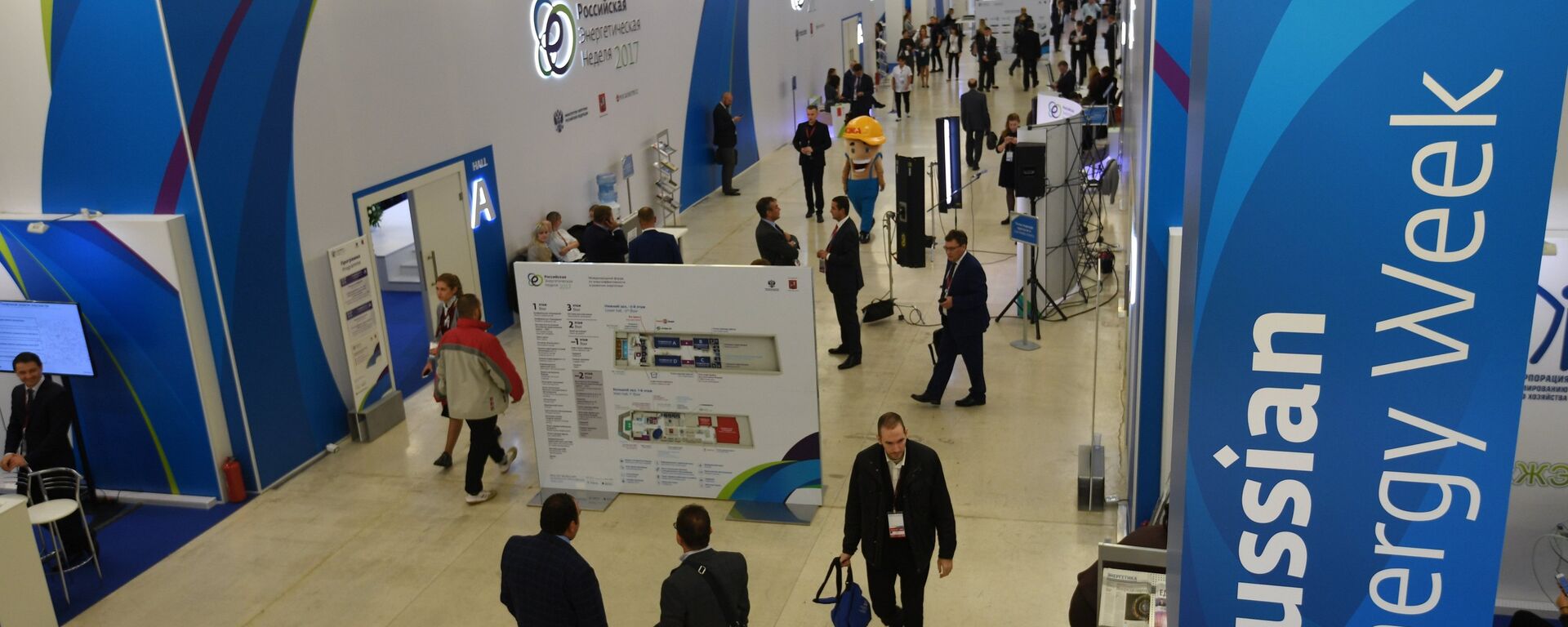https://sputniknews.in/20231024/iea-foresees-india-consuming-more-electricity-than-all-of-africa-by-2050------5048278.html
IEA Foresees India Consuming More Electricity Than All of Africa by 2050
IEA Foresees India Consuming More Electricity Than All of Africa by 2050
Sputnik India
Power demand in India is steadily rising, and it would be up by many folds in the years to come. Increasing income and the general weather conditions would be key drivers in this regard.
2023-10-24T20:38+0530
2023-10-24T20:38+0530
2023-10-24T20:38+0530
india
africa
international energy agency (iea)
power tariff
power outage
nuclear power plant (npp)
https://cdn1.img.sputniknews.in/img/07e7/01/09/421313_0:320:3072:2048_1920x0_80_0_0_962a4890bb3c4321ba555e34e97a671f.jpg
According to estimates, the demand for power in India is expected to climb nine-fold within the next 30 years. This projection suggests that the country's total electricity needs will surpass the present-day total power consumption of the entire African continent.Based on the International Energy Agency's (IEA) data, India is projected to have the world's highest energy demand over the next three decades. The significant growth in ownership and utilization of air conditioners and other electronic appliances is expected to be the primary catalyst for the surge in electricity usage within the country.According to the agency's projection, the country's demand for power is expected to rise from 42 exajoules (EJ) in 2022 to 53.7 EJ in 2030. Furthermore, it is projected to spike to 73 EJ by the year 2050 under the current scenarios, the reports revealed.As specified by the government's plan of development and energy needs for the South Asian nation's growing population, the IEA says India's power requirements would rise to 47.6 EJ by 2030 and to 60.3 EJ by 2050.The IEA noted that given India's geographic and meteorological conditions, the demand for air conditioners has been on the rise. Additionally, individuals with higher incomes are not shying away from buying these items, despite their high electricity consumption.In the Announced Pledges Scenario (APS), the energy demand for air conditioners is predicted to decrease by nearly 15 percent in 2050. This projected reduction can be attributed to the increased adoption of energy-efficient air conditioning units and improved thermal insulation in buildings."This reduction itself is larger than the total electricity generation by several countries today, such as that of the Netherlands," the IEA maintained.Follow Sputnik India on Google News!
https://sputniknews.in/20231012/pakistan-expects-russia-to-cover-10-of-countrys-oil-demand-in-future-energy-minister-4766035.html
india
africa
Sputnik India
feedback.hindi@sputniknews.com
+74956456601
MIA „Rossiya Segodnya“
2023
Sushil Kumar
https://cdn1.img.sputniknews.in/img/07e7/0a/14/4972259_0:0:613:612_100x100_80_0_0_f89d4c7eaa17d23ebb41934f3e07e508.jpg
Sushil Kumar
https://cdn1.img.sputniknews.in/img/07e7/0a/14/4972259_0:0:613:612_100x100_80_0_0_f89d4c7eaa17d23ebb41934f3e07e508.jpg
News
en_IN
Sputnik India
feedback.hindi@sputniknews.com
+74956456601
MIA „Rossiya Segodnya“
Sputnik India
feedback.hindi@sputniknews.com
+74956456601
MIA „Rossiya Segodnya“
Sushil Kumar
https://cdn1.img.sputniknews.in/img/07e7/0a/14/4972259_0:0:613:612_100x100_80_0_0_f89d4c7eaa17d23ebb41934f3e07e508.jpg
india, power demand, africa, international energy agency (iea), power supply is expected to rise, air conditioners
india, power demand, africa, international energy agency (iea), power supply is expected to rise, air conditioners
IEA Foresees India Consuming More Electricity Than All of Africa by 2050
The demand for power in India is steadily surging and is projected to soar in the coming years. This can be attributed to rising incomes and the prevailing weather conditions, which are key factors driving this trend.
According to estimates, the demand for power in India is expected to climb nine-fold within the next 30 years. This projection suggests that the country's total electricity needs will surpass the present-day total power consumption of the entire African continent.
"Residential electricity demand from cooling increases ninefold in the Stated Policies Scenario (STEPS) by 2050," the International Energy Agency (IEA) said in its latest report titled - World Energy Outlook.
Based on the International Energy Agency's (IEA) data, India is projected to have the world's highest energy demand over the next three decades. The significant growth in ownership and utilization of air conditioners and other electronic appliances is expected to be the primary catalyst for the surge in electricity usage within the country.
According to the agency's projection, the country's demand for power is expected to rise from 42 exajoules (EJ) in 2022 to 53.7 EJ in 2030. Furthermore, it is projected to spike to 73 EJ by the year 2050 under the current scenarios, the reports revealed.
As specified by the government's plan of development and
energy needs for the South Asian nation's growing population, the IEA says India's power requirements would rise to 47.6 EJ by 2030 and to 60.3 EJ by 2050.
The IEA report has also projected a sharp rise in oil demand from 5.2 million barrels per day (bpd) in 2022 to 6.8 million bpd in 2030 and 7.8 million bpd in 2050. Keeping the announced pledges in mind, the agency's estimate in this regard says that this demand would touch the mark of 6.2 million bpd in 2030 and 4.7 million bpd in 2050.
The
IEA noted that given India's geographic and meteorological conditions, the demand for air conditioners has been on the rise. Additionally, individuals with higher incomes are not shying away from buying these items, despite their high electricity consumption.
"The impact of cooling needs on electricity consumption is already clear," the agency was quoted as saying in the media reports. "Household air conditioner ownership is estimated to expand ninefold by 2050 across the IEA scenarios, outpacing the growth in ownership of every other major household appliance including televisions, refrigerators and washing machines," it said.
In the Announced Pledges Scenario (APS), the energy demand for air conditioners is predicted to decrease by nearly 15 percent in 2050. This projected reduction can be attributed to the increased adoption of energy-efficient air conditioning units and improved thermal insulation in buildings.
"This reduction itself is larger than the total electricity generation by several countries today, such as that of the Netherlands," the IEA maintained.



